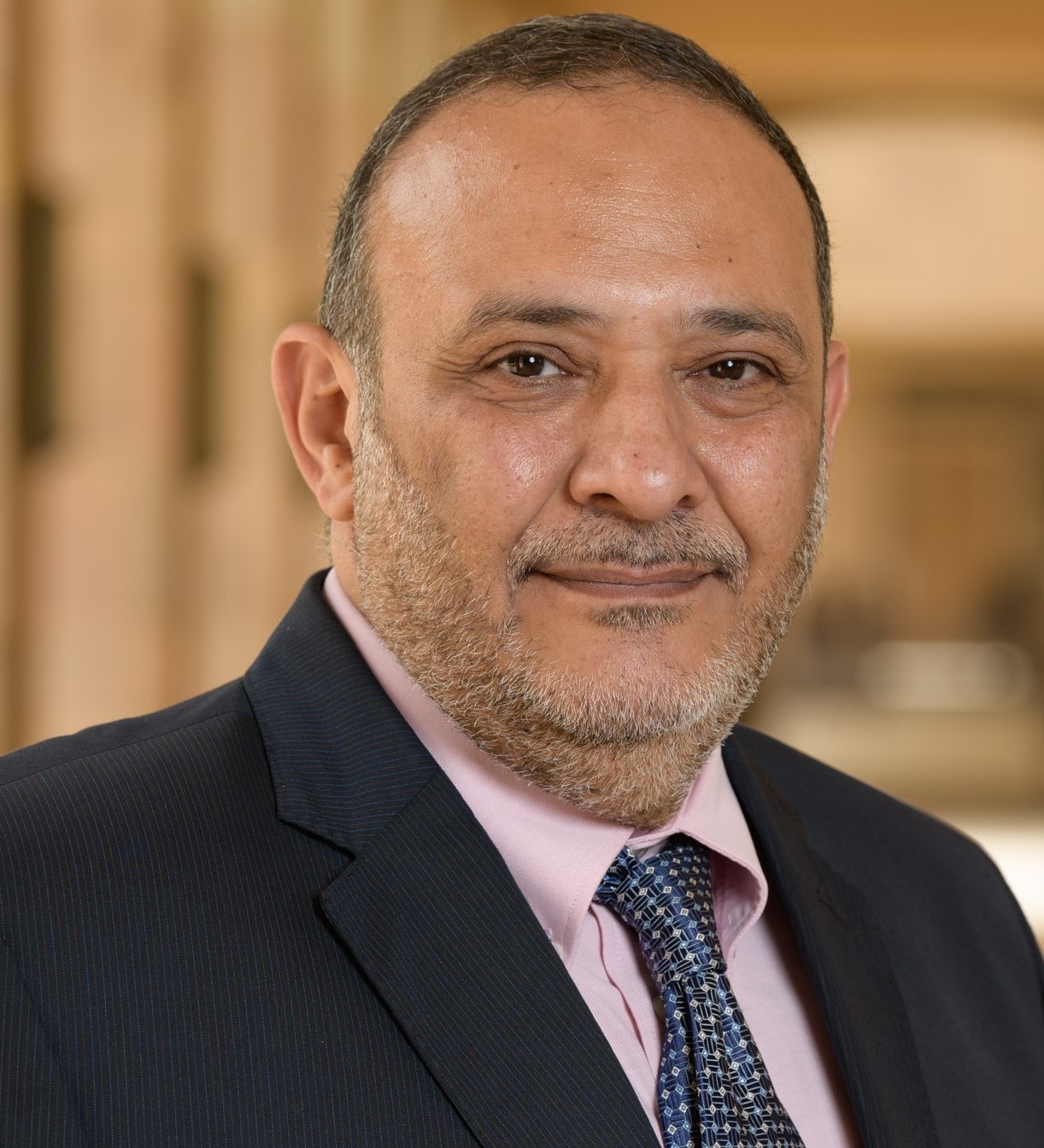
Faculty Researches Automated Solutions to Complex Health Challenges
“My research activities dramatically improve my effectiveness as a teacher,” said Hassan Azzazy, professor and chair of the Department of Chemistry. “On the one hand, I incorporate relevant aspects of my research projects and findings into my undergraduate and graduate courses. On the other hand, I discuss research challenges and outcomes with my students and encourage them to join research teams to gain practical experience, which complements their theoretical knowledge, and develop practical solutions and prototypes to address national and global challenges.”
Last October, Azzazy was globally recognized as one of the top 2% most impactful scientists globally in the Stanford-Elsevier's Scopus database of the most cited scientists. The list is created by experts at Stanford University based on data from Elsevier’s Scopus and includes the top 2% scientists in 22 scientific fields and 176 subfields.

“My selection among the world’s top 2% most cited scientists is a gratifying recognition of the cutting-edge research and the high caliber of researchers and students in my team as well as the research ecosystem at AUC,” said Azzazy. “It also complements the numerous awards we receive for innovative research activities that tackle critical challenges in health and environmental protection.”
One of Azzazy’s most cited papers, The Use of Neuronal Networks on Multielectrode Arrays as Biosensors, which was cited more than 350 times, illustrates the use of biological neuronal networks seeded on computer chips containing 64 gold-plated electrodes for sensing of environmental toxins and neurotoxins.
While Azzazy’s research interests mainly include the development of innovative diagnostics for the detection of biomarkers of infectious agents and cancer combining the use of nanosensors, chips, smart phones, 3D printers and robotics, none of his work on novel diagnostics is published but instead is kept as “industry secrets.” Nearly half of his research activities are directed toward translating his research to marketable prototypes, all of which aren’t published. If it were, “the current number of publications could simply be doubled,” according to Azzazy.
“However, we’re making major progress and about to release the first real-time thermal cycler fully developed in Africa and the Middle East,” he asserted. “This instrument is central to the diagnosis of infections, including COVID-19.”
Recently, Azzazy and his team joined forces with researchers at Indiana University in a study, Is Low Alveolar Type II Cell sod3 in the Lungs of Elderly Linked to the Observed Severity of COVID-19?, on single-cell RNA. Data on human lungs was sequenced from young and older patients, and upon comparison, revealed age-related weakening of specific components of the antioxidant defense system of the alveolar type II cells, which could be tested for a mechanistic connection of COVID-19 severity outcomes.
This work suggests that lung-specific delivery of specific antioxidants could work in synergy with promising antiviral drugs (such as Remdesivir) to further improve COVID-19 outcomes in the elderly.
“We aspire to develop prototypes that impact critical health challenges in Egypt, Africa and globally with a focus on the development of innovative automated diagnostics for molecular detection of infections and cancer,” said Azzazy. “We’re also developing novel nanocarrier formulations for targeted delivery of synthetic cancer drugs and medicinal plant extracts with antioxidant activities. Finally, we’re assembling innovative dressings for management of severe wounds.”
